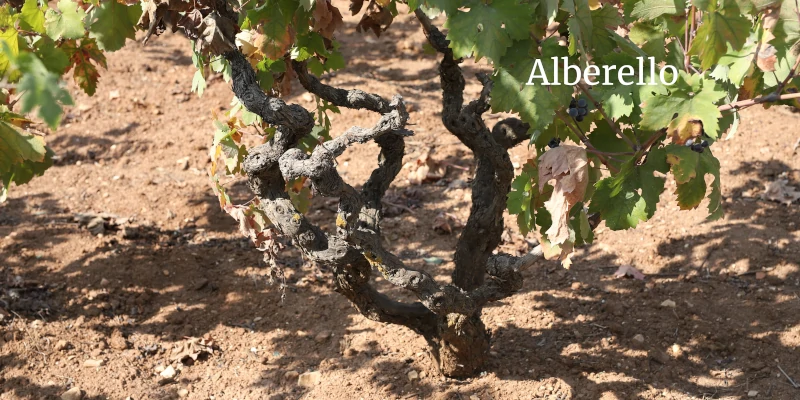Puglia
Puglia’s history of winemaking dates back to the pre-Roman Hellenic era, when the region was settled by Greek colonists. The territory is mostly flat land, and is influenced by winds from both the Ionian and Adriatic seas. The traditional method of planting vines here is called alberello, where vines grow like bushes without trellises to create extra shade and protect the grapes from sunburn.
Today, the region is Italy’s second-biggest wine producer. While 80% of that is used for mass-produced bulk wine, in recent years Puglia has been really focussing on quality. From 2014–2019 its production of IGT, DOC and DOCG wines grew by 75% to over 230 million bottles, surpassing both Abruzzo and Lombardia (ISMEA, 2019).
Negroamaro and Primitivo are the most important grapes in Puglia. For Negroamaro, the key areas are Salice Salentino DOC and parts of Salento IGT around the towns of Lecce and Guagnano. For Primitivo, the only DOC area is Primitivo di Manduria DOC – which is only about a third the size of Salice Salentino (659 ha vs 1,848 ha). That said, some really fabulous Primitivo wines are produced under the label of Salento IGT.
Castel del Monte DOC lies in the north of Puglia. While eight different grapes are allowed under regulations, it’s best known for whites made from Bombino Bianco, and reds from Uva di Troia.



